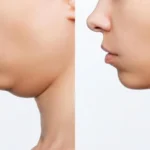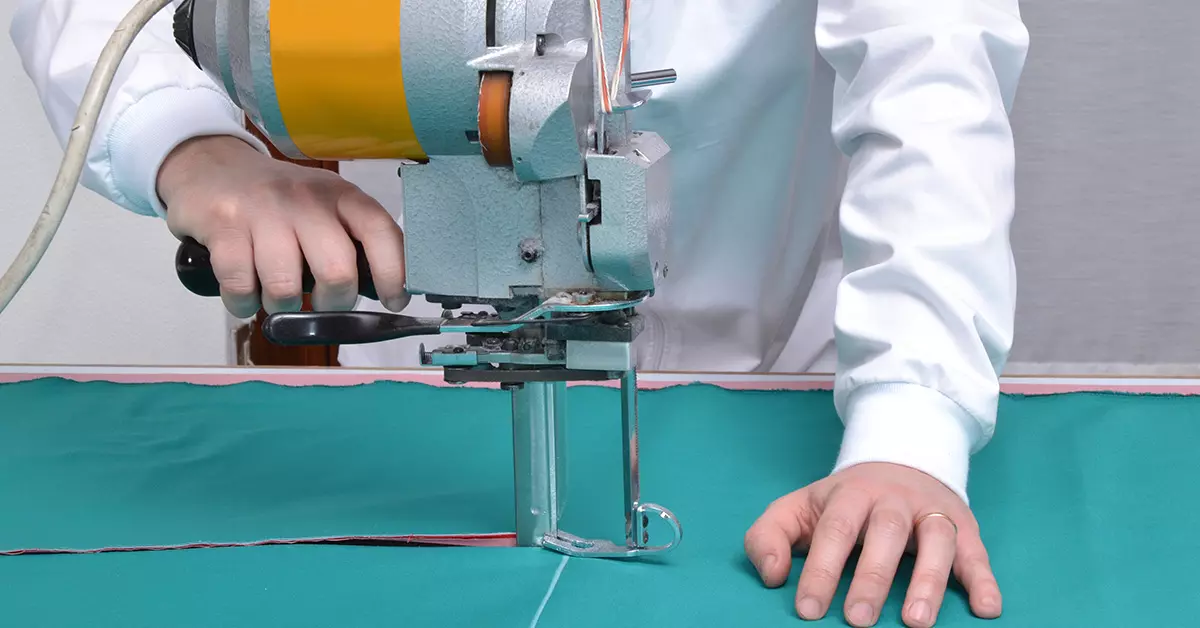User experience is paramount in the design of any digital interface. It significantly influences how users interact with your application, impacting their satisfaction and likelihood of returning. PrimeVue, a popular Vue.js UI component library, provides various components, including popovers, that can enhance user engagement. However, certain design elements, like the caret in popovers, can inadvertently confuse or distract users. This article will delve into the reasons to get rid of caret on popover PrimeVue, providing practical steps to achieve this goal and ultimately improving the overall user experience.
Understanding Popover Components
Popovers are interactive overlays that appear on top of the main content when triggered by a user action, such as a click or hover. They serve various purposes, including providing additional information, options, or contextual actions without navigating away from the current page. By using popovers, developers can offer rich interactivity while keeping the user interface uncluttered. However, to enhance user experience and get rid of caret on popover PrimeVue, it’s essential to consider the design elements involved, including whether the caret enhances or detracts from the overall clarity.
Popovers are widely utilized in web applications for tooltips, form validation messages, and dropdown menus. Their ability to display information in a non-intrusive manner makes them an essential tool in a developer’s kit. However, to maximize their effectiveness, it’s crucial to consider their design elements, such as the inclusion of a caret, which connects the popover to its triggering element.
The Function of the Caret in Popovers
The caret is a small triangular icon typically found in popovers that visually indicates the relationship between the popover and its triggering element. Its primary purpose is to guide the user’s eye and provide context, making it clear where the popover originated. This visual cue can help users understand which element the popover refers to, enhancing the overall clarity of the interaction.
Despite its intended function, the caret can sometimes create more confusion than clarity. For instance, if users are distracted by the caret’s presence, they may overlook the important information within the popover itself. Furthermore, in certain designs, the caret can interfere with the layout or create visual clutter. Developers must weigh the benefits of having a caret against the potential drawbacks it may introduce to the user experience.
Why You Might Want to Remove the Caret
Removing the caret from popovers can lead to a cleaner and more streamlined user interface. Many users find that the presence of a caret can clutter the visual space, diverting attention from the content of the popover itself. In some cases, users may even interpret the caret as a button or clickable element, leading to confusion about its functionality.
Additionally, there are scenarios where the caret may not provide any added value. For example, if the popover contains minimal text or is straightforward in its purpose, a caret may be unnecessary. By eliminating this design element, you can focus users’ attention on the critical information being presented. Ultimately, simplifying the design can lead to improved usability and a more satisfying user experience.
PrimeVue Popover Overview
PrimeVue is a robust component library for Vue.js that offers a wide range of UI elements, including popovers. These components are designed to be easily customizable and integrate seamlessly into Vue applications. With PrimeVue popovers, developers can create interactive overlays that are both functional and visually appealing.
The PrimeVue popover component provides various features, such as positioning, animations, and customization options. Developers can easily control the appearance and behavior of the popover through properties and styles. However, when it comes to the caret, the default styling may not align with the desired user experience. Understanding how to manipulate these components effectively is key to creating an optimal interface that meets user needs.
Steps to Get Rid of Caret on Popover PrimeVue
Custom CSS to Hide the Caret
One of the simplest ways to remove the caret from a PrimeVue popover is by using custom styles. This approach allows you to control the appearance of the popover without modifying the core library. By targeting the caret’s specific style class, you can hide it entirely, leading to a cleaner popover design.
By applying a custom style rule to your stylesheet, you can effectively remove the caret from all PrimeVue popovers across your application. Remember to test your changes in different browsers and devices to ensure consistent behavior. Hiding the caret will allow you to maintain the popover’s intended functionality while eliminating any potential distractions for users.
Using Vue Props for Customization
PrimeVue’s component architecture allows for extensive customization through properties. While you may not find a specific property for hiding the caret, you can still achieve a cleaner design by leveraging existing options to adjust the popover’s behavior and appearance.
For example, you can enable a close icon to provide users with a clear way to dismiss the popover without relying on the caret for context. You can also adjust the positioning of the popover using available properties. By creatively using these options, you can design a popover that maintains clarity and usability, even without a caret.
Testing Your Popover Changes
After implementing changes to remove the caret from your PrimeVue popover, it’s crucial to conduct thorough testing. This step ensures that the popover functions as intended and provides users with a seamless experience. Testing should involve various scenarios, including different user interactions, devices, and browsers.
Consider using user testing platforms to gather feedback from real users. Pay attention to their interactions with the popover and whether they find the information clear and accessible. Gathering insights from users will help you identify potential issues and areas for improvement. Continuous testing and iteration are vital to creating a user-friendly interface that meets their needs.
Best Practices for Popover Design
Creating effective popovers requires adhering to best practices that prioritize clarity and usability. Here are some guidelines to follow when designing popovers:
- Keep Content Concise: Ensure that the information presented in the popover is straightforward and easy to digest. Users are more likely to engage with clear and concise content.
- Use Appropriate Triggers: Choose triggers that make sense for the context of the popover. For example, using click triggers for actions and hover triggers for tooltips can enhance usability.
- Ensure Accessibility: Make your popovers accessible to all users, including those using screen readers or keyboard navigation. This consideration is essential for creating an inclusive user experience.
- Test Responsiveness: Verify that your popovers display correctly on various screen sizes. A responsive design ensures that users can access information regardless of the device they are using.
By following these best practices, you can create popovers that provide valuable information without overwhelming users, ultimately enhancing the overall user experience.
Real-World Examples and Case Studies
Analyzing real-world examples can provide valuable insights into the effectiveness of popover designs without carets. Many successful applications have adopted this approach, focusing on delivering clean and uncluttered interfaces.
For instance, some popular web applications have opted for simple tooltips instead of carets, resulting in a more streamlined user experience. User feedback has often highlighted the clarity and ease of use provided by these designs. By presenting information in a direct manner, users can focus on their tasks without unnecessary distractions.
Case studies show that applications prioritizing user-centered design principles see increased engagement and satisfaction. Removing the caret from popovers can contribute to these positive outcomes, aligning the design with user expectations and enhancing the overall experience.
Troubleshooting Common Issues
When removing the caret from PrimeVue popovers, you may encounter several common issues. One of the most frequent problems is style conflicts, where existing styles interfere with your custom adjustments. To resolve this, inspect the element using browser developer tools to identify conflicting styles and adjust your styles accordingly.
Another potential issue is ensuring that the popover displays correctly across various browsers. Different browsers may render style rules in slightly different ways, leading to inconsistencies in appearance. Conduct thorough cross-browser testing to catch any discrepancies and make adjustments as needed.
If users report issues with understanding the popover content after removing the caret, consider providing additional visual cues or re-evaluating the information presented. Feedback from users can guide further refinements to ensure a seamless experience.
Conclusion
In conclusion, the user experience is fundamental to the success of any digital interface, and popovers play a crucial role in enhancing interactivity. By understanding the function of the caret and recognizing when it may hinder rather than help, developers can make informed design decisions. This article has explored how to get rid of caret on popover PrimeVue through simple style modifications and thoughtful customization using properties. By adopting best practices and gathering user feedback, you can create popovers that effectively convey information without unnecessary distractions.
Ultimately, the goal is to create an interface that prioritizes clarity and usability. By simplifying design elements like the caret, developers can enhance the overall user experience, leading to increased satisfaction and engagement. Now is the time to experiment with your popover designs and discover how removing the caret can transform your application for the better.










